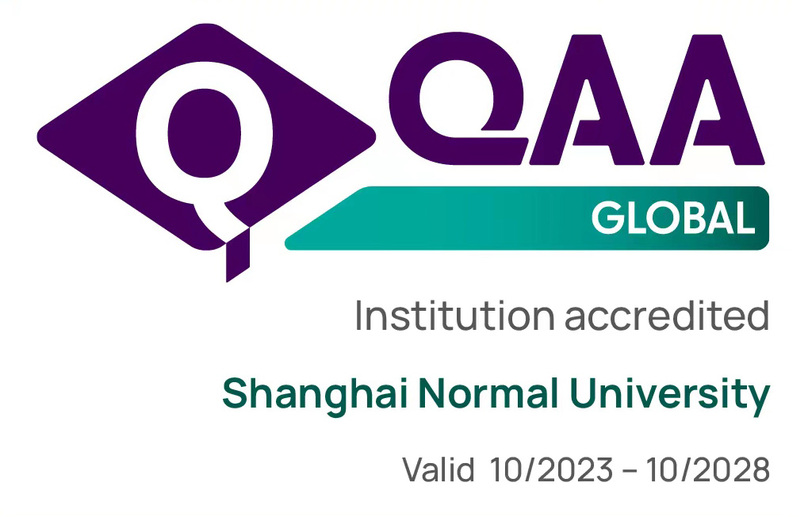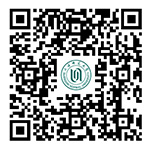主讲人:汪翔升 路易斯安那大学拉菲特分校副教授
时间:2022年9月12日10:00
地点:腾讯会议 478 127 447
举办单位:数理学院
主讲人介绍:汪翔升, 路易斯安那大学拉菲特分校数学系副教授,博士毕业于香港城市大学和中国科学技术大学联合高等研究中心。曾任职于纽芬兰纪念大学和东南密苏里州立大学。研究兴趣包括渐近分析和生物数学等交叉学科领域,最近五年在Adv. Math., J. Differential Equations, J. Math. Biol., J. Math. Pures. Appl., SIAM J. Control Optim.等杂志上发表论文二十余篇。
内容介绍:We study a viral infection model incorporating both cell-to-cell infection and immune chemokines. Based on experimental results in the literature, we make a basic assumption that the cytotoxic T lymphocytes (CTL) will move toward the location with more infected cells, while the diffusion rate of CTL is a decreasing function of the density of infected cells. We first establish the global existence and ultimate boundedness of the solution via a priori energy estimates. Next, we define the basic reproduction number of viral infection R0 and prove by Lyapunov functional technique and LaSalle invariance principle that the infection-free steady state E0 is globally asymptotically stable if R0<1. When R0>1, then E0 becomes unstable, and another basic reproduction number of CTL response R1 becomes the dynamic threshold in the sense that, if R1<1, then the CTL-inactivated steady state E1 is globally asymptotically stable; and if R1>1, then the CTL-activated steady state E2 is globally asymptotically stable.












 徐汇校区:上海市徐汇区桂林路100号
徐汇校区:上海市徐汇区桂林路100号